
1
Story Information
2
Share
Share Link
Spread the word on your favorite platforms.
Story Statistics
2,345 Reads
80 Shares
320 Likes
Related Stories

1 year ago
The Power of Partnership in Red Panda Conservation
The rare and mysterious marbled cat (Pardofelis marmorata) is not much bigger than a domestic cat. It has distinctive spots reminiscent of a clouded leopard and an exceptionally long tail. This small arboreal member of the Felidae family lives throughout Southeast Asia, from the Himalayan foothills of India and Bhutan to China and down through Malaysia and Indonesia.
The marbled cat is notably elusive, and before 2019 there was no photographic evidence of this species in Nepal. However, during an intensive camera trap mammal survey conducted by Red Panda Network (RPN) in Nepal’s Panchthar-Ilam-Taplejung (PIT) corridor, one of our camera traps captured the first-ever photograph of a marbled cat in Panchthar district, Nepal.
This unprecedented event occurred thanks to the generous support of Rotterdam Zoo — or “Diergaarde Blijdorp” in Dutch — one of the oldest zoos in the Netherlands and a consistent supporter of wildlife conservation worldwide.
Marbled cat photographed on camera trap in Nepal. Credit: Sonam Tashi Lama/RPN
Their support of this camera trap survey also resulted in the first photograph of a Bengal tiger in red panda habitat, at an elevation of 3,165 meters in Ilam district, Nepal.
Rotterdam Zoo’s support of ecological research in red panda habitat doesn’t end there — RPN collaborated with them to complete Nepal’s first red panda GPS collar study. This study provided critical baseline data on red pandas in the wild and valuable insight into the landscape-level conservation efforts required to save them! Learn more in Findings from the First-Ever Red Panda Collar Study.
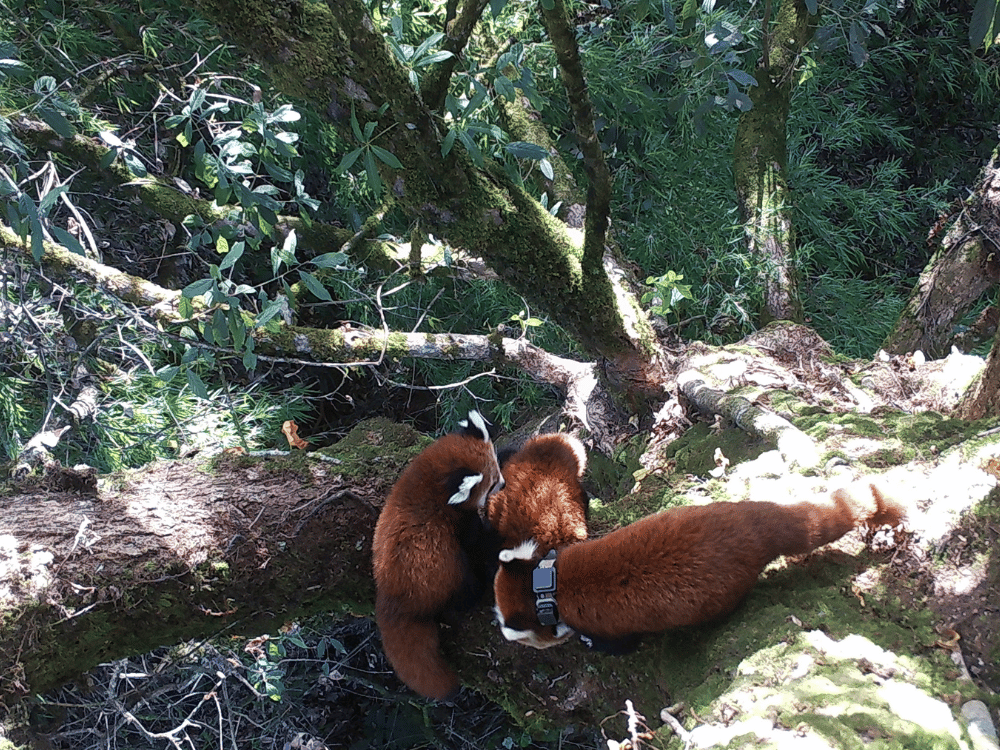
Collared red panda and cubs during collar study in PIT corridor. Credit: RPN
We spoke with Janno Weerman, the Manager of Living Collections for Rotterdam Zoo about his conservation journey and the Zoo’s inspiring commitment to saving threatened wildlife like red pandas.
RPN: Janno, can you share a bit about yourself and what you do at Rotterdam Zoo?
After my study of Wildlife Management (BSc), I started working at Rotterdam in 1998. I began as an animal keeper and I have worked with different taxonomic groups. Later I became head keeper, then curator, and now I work as Manager of Living Collections. In my current position, I am responsible for all operation matters regarding the living collection (animals, plants, animal food department, water quality, and veterinary care). Since 2014, I also took on the role of EAZA ex-situ population (EEP) manager for red pandas in European zoos. In 2019, I became convenor for the WAZA Red Panda Global Species Management Plan.
RPN: How did the collaboration between Red Panda Network and Rotterdam Zoo begin? How does your organization support red panda conservation?
Angela Glatston, who was working at Rotterdam Zoo, made contact with RPN right after it was founded. In the beginning Rotterdam Zoo mainly provided financial support. In 2016, I visited Nepal to help RPN with projects for the first time. After that, Rotterdam and RPN began a more intensive cooperation. A few projects to mention are the mammal survey and the red panda GPS collar research. In 2023 Rotterdam Zoo presented its new masterplan with a renewed mission: ‘Together we bring nature back to life’. With the red panda as one of our impact species, we aim to apply even more focus on conservation efforts than before.
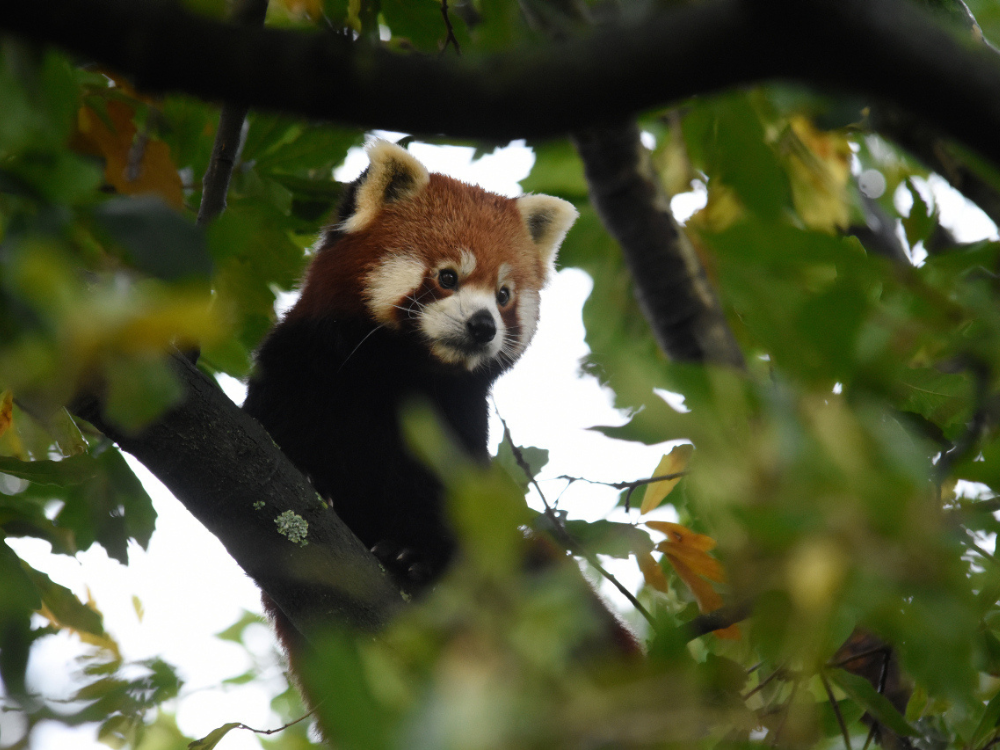
Credit: Rotterdam Zoo
RPN: What role do you believe zoos can play in red panda conservation?
I am convinced that zoos have an essential role in conservation. Through our longstanding expertise with captive breeding and handling of animals, zoos can provide crucial expertise on ex-situ management because we have gained a deeper understanding of the species (health, diseases, handling, etc). Zoos are vital to helping research practices be more efficient, as we can trial methods within a protected environment with a lot of supervision. For example, Rotterdam Zoo has helped to test equipment for the GPS collar study and provide training for red panda capturing methods. This way we can ensure safe implementation of these methods in the wild environment. Modern-day zoos work together according to the One Plan Approach of the IUCN. That way we can maximize our efforts and be as effective as possible in red panda conservation.
RPN: In what ways does Rotterdam Zoo implement in-situ conservation, particularly in the context of red pandas?
Rotterdam Zoo supports red panda conservation in many ways. We are the WAZA Red Panda GSMP convenor. In this role, we try to bring all relevant stakeholders (in-situ and ex-situ) together to learn from each other and maximize our impact on red panda conservation.
We also facilitate and fund research, such as the mammal survey and red panda GPS collar study. We support several RPN initiatives, including the Forest Guardian program and the Plant A Red Panda Home campaign — so far, we have supported the purchase of 30 hectares of land and the planting of 110,000 trees for habitat restoration — the cooking stoves project and camera traps for research.
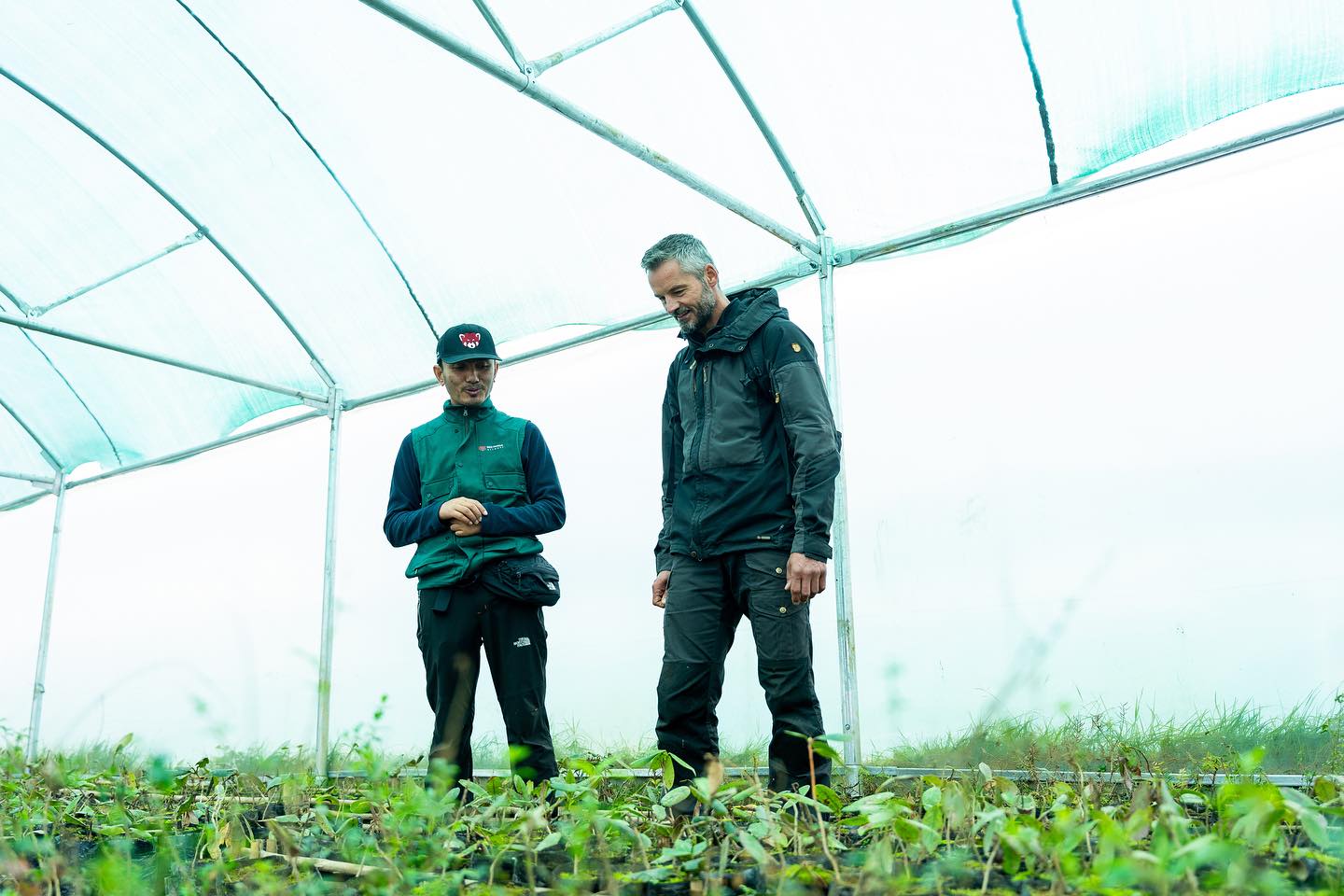
RPN’s Sonam Tashi Lama and Rotterdam Zoo’s Janno Weerman in forest nuserery.
RPN: You have visited Nepal several times to witness RPN's efforts. From your perspective, what kind of impact is RPN making to save red pandas?
I think RPN is very effective in their conservation efforts because they employ people from the region. This way RPN ensures the involvement of the local community. Because conservation is done in cooperation with the local community and the conservation efforts benefit the livelihoods, conservation will be embedded in their daily lives. Another important thing is that the people in the RPN office in Kathmandu are in close contact with the government which is essential for the success of the conservation in the long run. RPN is a very reliable partner and communicates very well with their donors and supporters.
RPN: Can you share one of your most memorable moments from your field trip to Nepal?
My most memorable experience was during the GPS collar study. The weather was very bad, as rain was pouring down, and it took four days before the Forest Guardians spotted the first red panda. I felt a great sense of pride towards the team when we collared the first panda.
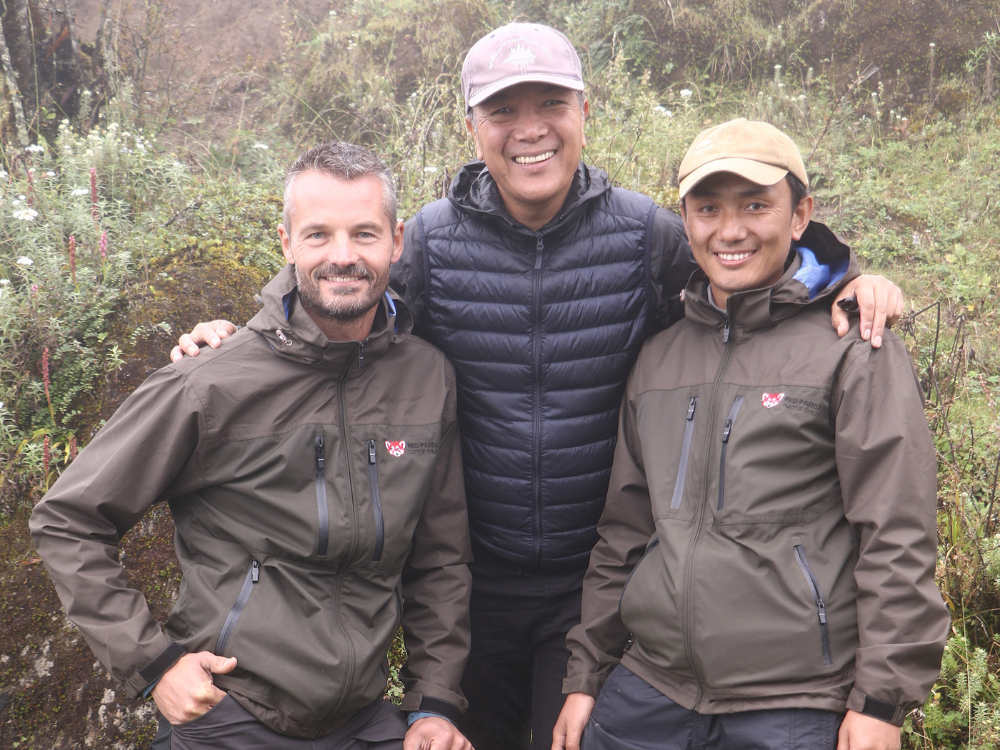
Left to right: Janno Weerman, Rotterdam Zoo; Ang Phuri Sherpa, RPN; Sonam Tashi Lama, RPN
RPN: Please tell us about the remarkable milestones that Rotterdam Zoo and RPN have achieved together.
I think the joint GPS research is a remarkable milestone because it provides essential information for initiating more precise conservation action. Studies like these are needed to understand red panda ecology and take targeted conservation actions.
RPN: What are Rotterdam Zoo's recent focus areas and future strategies for in-situ conservation of endangered species like red pandas?
With the goals set in the Rotterdam Zoo Masterplan 2050, we focus on 10 impact species for which we want to make a difference in conservation. In this way, we can take targeted actions on species conservation and create a bigger impact. We realise that all nature is important, but in order to take effective measures, you need to decide on what you want to focus on in order to make real impactful actions.
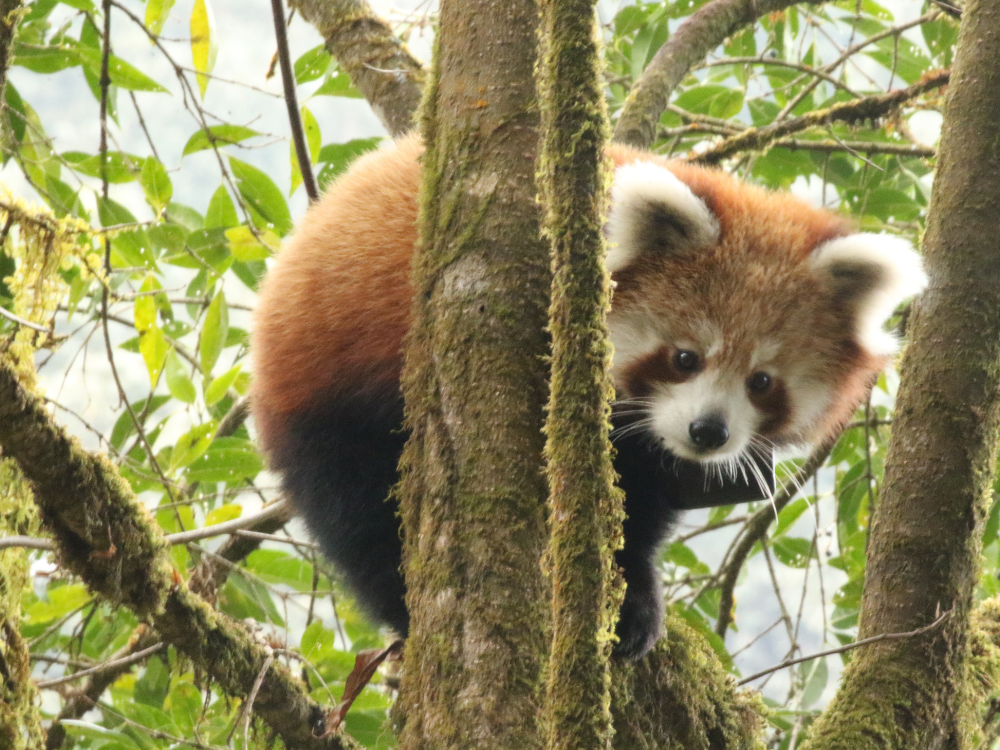 Wild red panda with GPS collar in PIT corridor. Credit: RPN
Wild red panda with GPS collar in PIT corridor. Credit: RPN
Thank you, Janno and Rotterdam Zoo, for your incredible and inspiring dedication to wildlife conservation and for helping us save the last of the first panda!